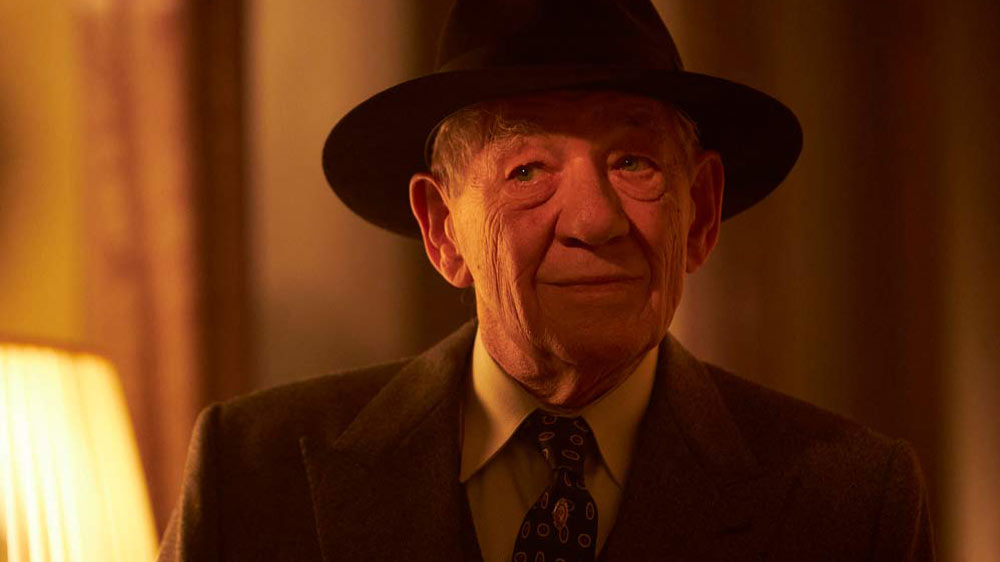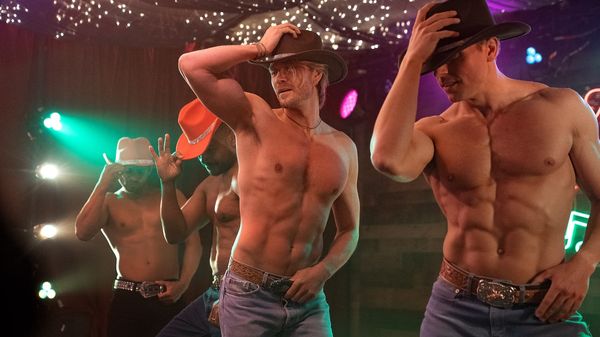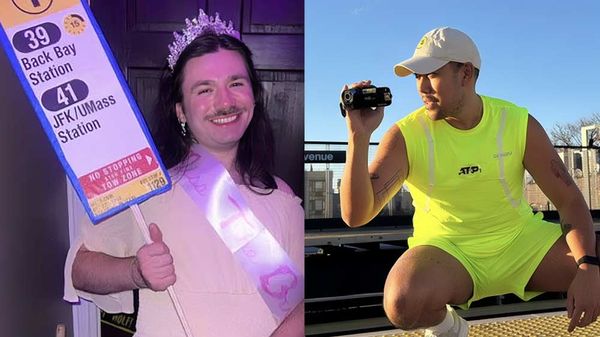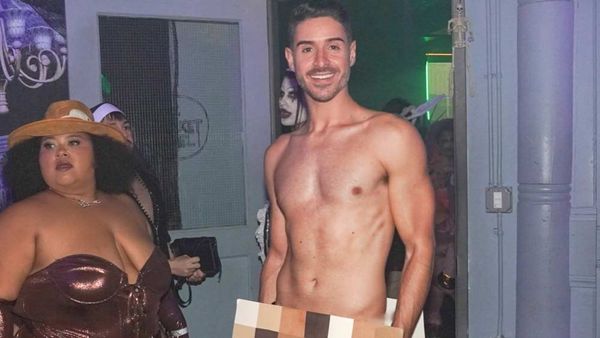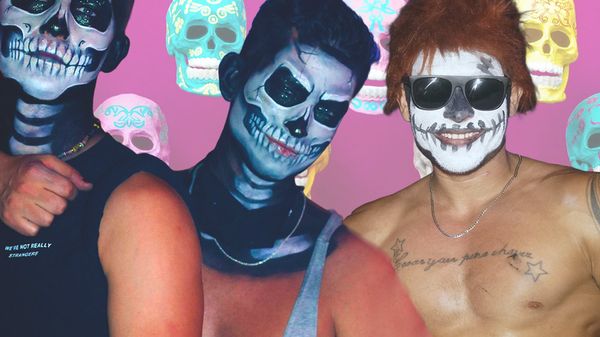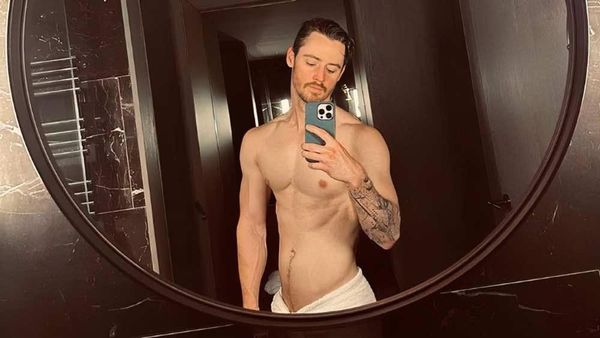
April 16, 2017
Trippin' Through the Summer of Love
Sura Wood READ TIME: 4 MIN.
With anticipation of the 50th anniversary of the Summer of Love gripping the populace of a certain age, and setting the hearts of marketing executives aflutter, is it being a killjoy to want to put away the bell bottoms, tie-dye T-shirts, and 1960s nostalgia that go with them once and for all, for good, period?
I can already spy the debris about to be hurled my way, but this question weighed heavily on my mind as I contemplated entering the time warp that is "The Summer of Love Experience: Art, Fashion and Rock and Roll," a huge, festive show that opened at the de Young Museum last week. But whiling away an hour or two at this extravaganza, which is more entertaining event than art exhibition, was such breezy, escapist fun that it mellowed me out. The 400-plus-object show, mostly drawn from the museum's permanent collection, is also unapologetically superficial, and that's cool. I mean, when is the last time you've been to a museum that quoted Jerry Garcia?
While the Berkeley Art Museum's Hippie Modernism exhibition appeals to the cerebral cortex, SOL goes straight for the pleasure center and strikes a celebratory chord. After all, this is a leap-into-summertime show with a happy hook and ideal content for the tourists and locals revisiting their youth who will surely flood Golden Gate Park over the next few months, though many of them weren't alive when the 60s were in full swing. A little more historical substance and a sense of the texture of daily life before and during that memorable summer in 1967 might have been in order.
Framed by hot pink, tangerine dream and other eye-popping, acid-dropping colors, the show's installations take up most of the museum's ground floor. The exhibits are a mash-up of art, clothing, jittery hallucinatory films, documentations of Human Be-ins and demonstrations, light shows, examples of community rags like The Oracle, album cover art for 1960s rock royalty, and a preponderance of psychedelic posters - almost too many - displayed throughout and in a recreation of a poster shop, which was a familiar sight in mid-60s San Francisco.
The epicenter of activity that euphoric summer was the Haight-Ashbury district, a mecca for artists, writers and activists where rents were cheap, ethnic bohemian chic ruled, and a stand-out band or ace guitarist might be your next-door neighbor. Over 100,000 stoned, wildly hopeful young people from across the country, high on a heady brew of freedom, free love, easy sex, and the belief they could change the world, descended on the neighborhood and other parts of the city that were hardly prepared for the onslaught. The haze of memory may cloud the fact that the period could be grubbier, druggier and a tad rougher than how it's remembered, but a flyer here, offering free lectures on safe sex, how to avoid drug overdoses, arrest and becoming a victim of crime, touches on a seamier underside. In a section called "Love and Haight," a wall-sized black & white photograph of the area's not-yet-yuppified streets and storefronts provides an idea of what it looked like half-a-century ago.
While the aroma of dope won't be wafting through the galleries, sounds of rock & roll do. The music of now-legendary groups such as the Grateful Dead, Jefferson Airplane, Janis Joplin, and Creedence Clearwater was the soundtrack for those times and the people who lived through them. The bands get plenty of play through photographs and album-cover art like the illustrations by underground comics king R. Crumb for Big Brother and the Holding Company's "Cheap Thrills" LP, their last album with Janis Joplin. Legend has it that the title was originally supposed to be "Sex, Dope and Cheap Thrills," but the record company torpedoed the idea.
When the show goes deeper it gets even better, exemplified by a short doc in which light wizard Bill Ham, a bearded, white-haired, grandfatherly figure in spectacles, holds forth in his studio, surrounded by projectors and colored paints in petri dishes. His amoebic, kinetic light paintings, actually four films integrated into a 64-minute loop, pulsate on the walls of an immersive space. In another inventive installation, a box theater, whose red exterior is hung with a row of posters at the top, has circular port windows below them that allow one to peer into the darkness and watch as the posters are animated through the magic of strobe lights. The imagery appears to take flight. Wings flap and lips move - very groovy. A companion video shows the complicated, labor-intensive, handmade, multi-step, multi-person process of turning out posters back in the day was a far cry from our own whip-speed digital age.
The fashions, displayed on mannequins and in glass cases, are a kick. Rock-star fame had its privileges. Take the hand-embroidered, glass-beaded, goatskin bag in Midnight blue and red with a glowing orange-yellow sun emanating from the center, an accessory custom-made for Janis Joplin by Linda Gravenites, the singer's costume designer and roommate. Nothing quite tops Jerry Garcia's iconic Captain Trips hat, manufactured by 19th-century hatters Dunlap & Company in 1883. Later customized and painted with red-and-white stripes, a miniature American flag planted in its striped silk ribbon, it's emblematic of the counterculture's ironic, anarchic spirit. Though immortalized in an image shot by Herb Greene for the Dead's first album cover exhibited nearby, Garcia laid claim to it for only two years. And who wouldn't want to step out in the chunky "Sequoia" lace-up boots made of appliqued dyed leather? They actually have redwood trees on them! They were the creation of Rainbow Cobblers, who, when not making shoes, were reputedly a front for a cocaine ring. Ah, those were the days.
Through Aug. 20. Info: famsf.org
